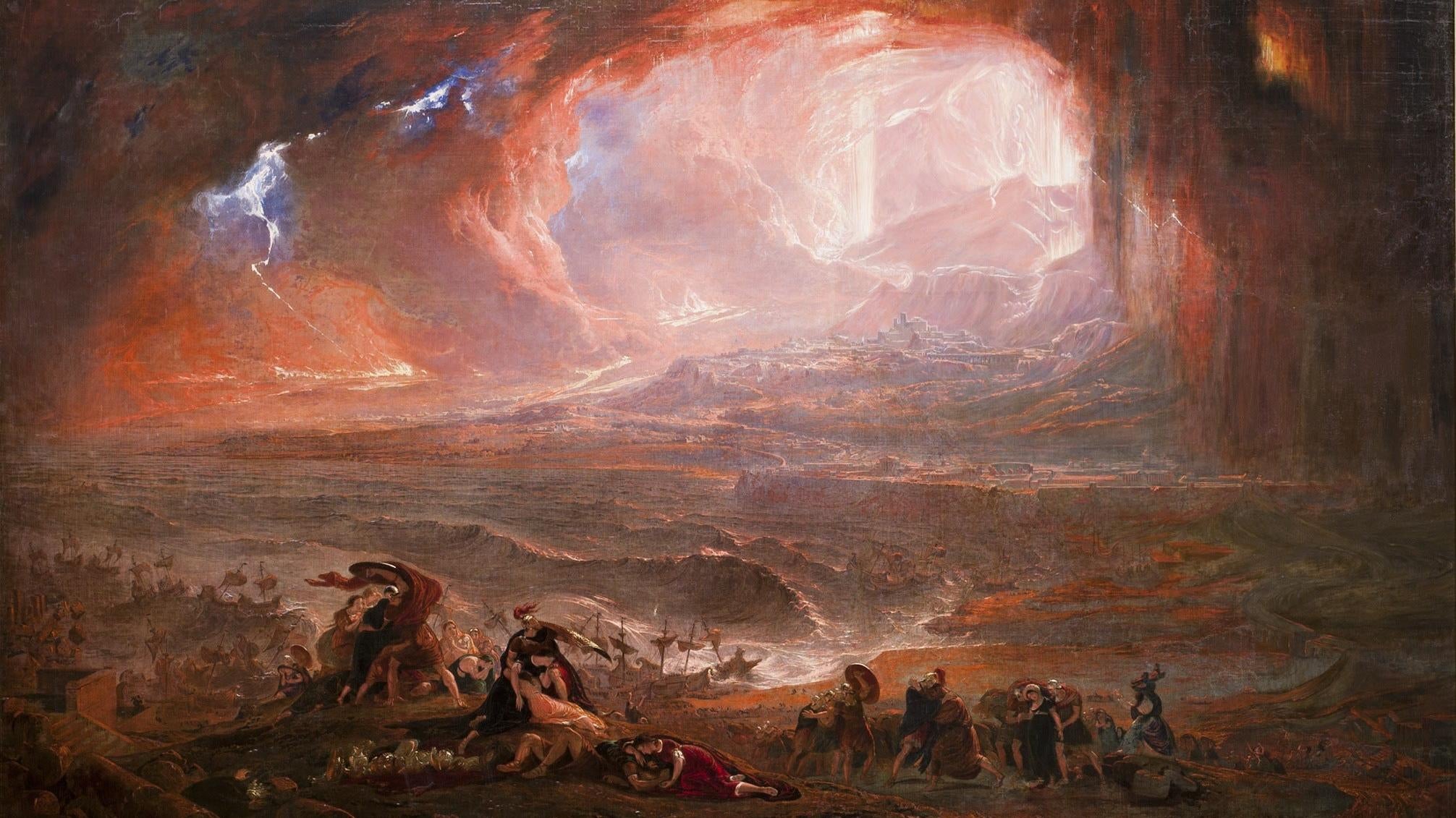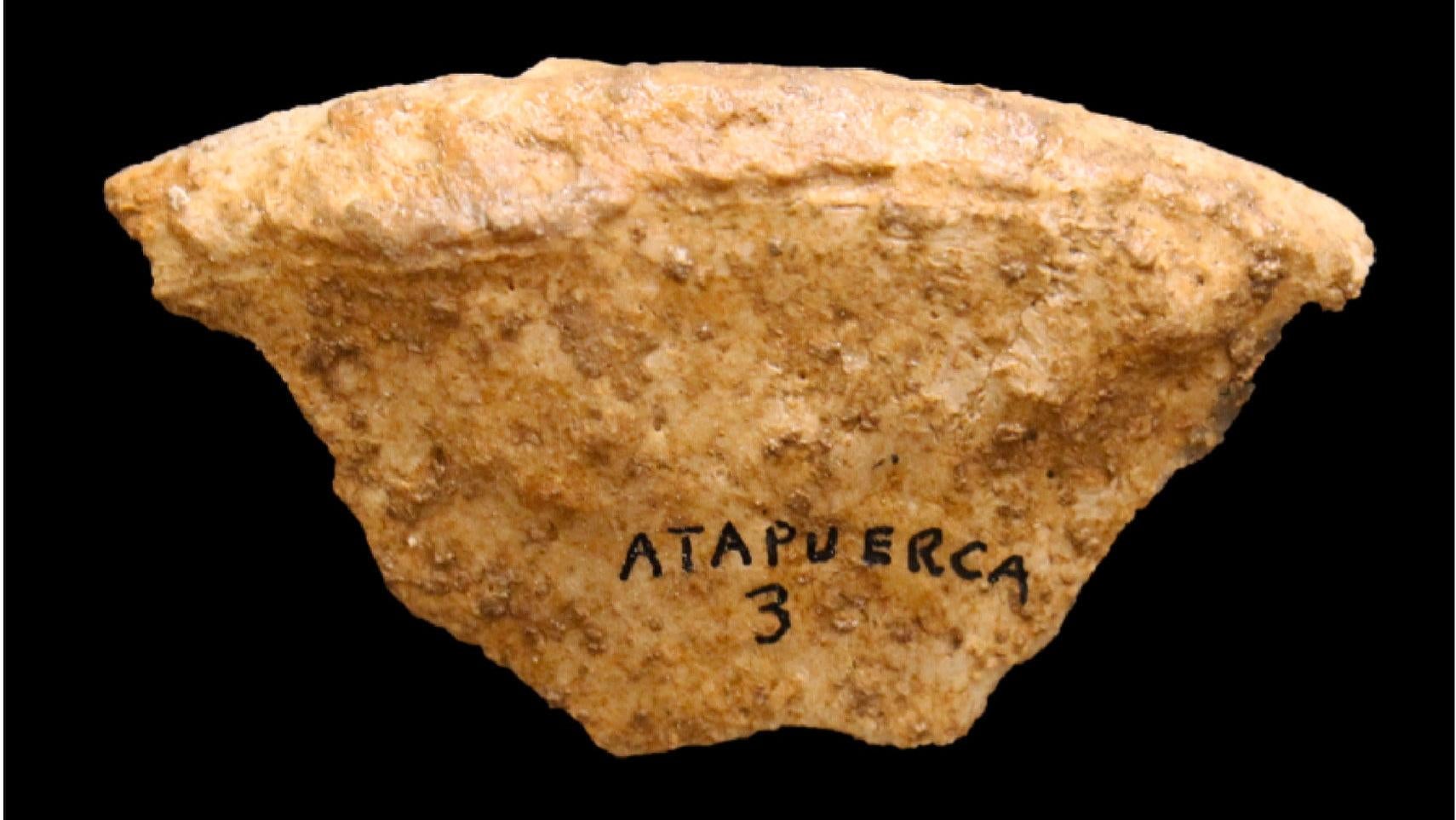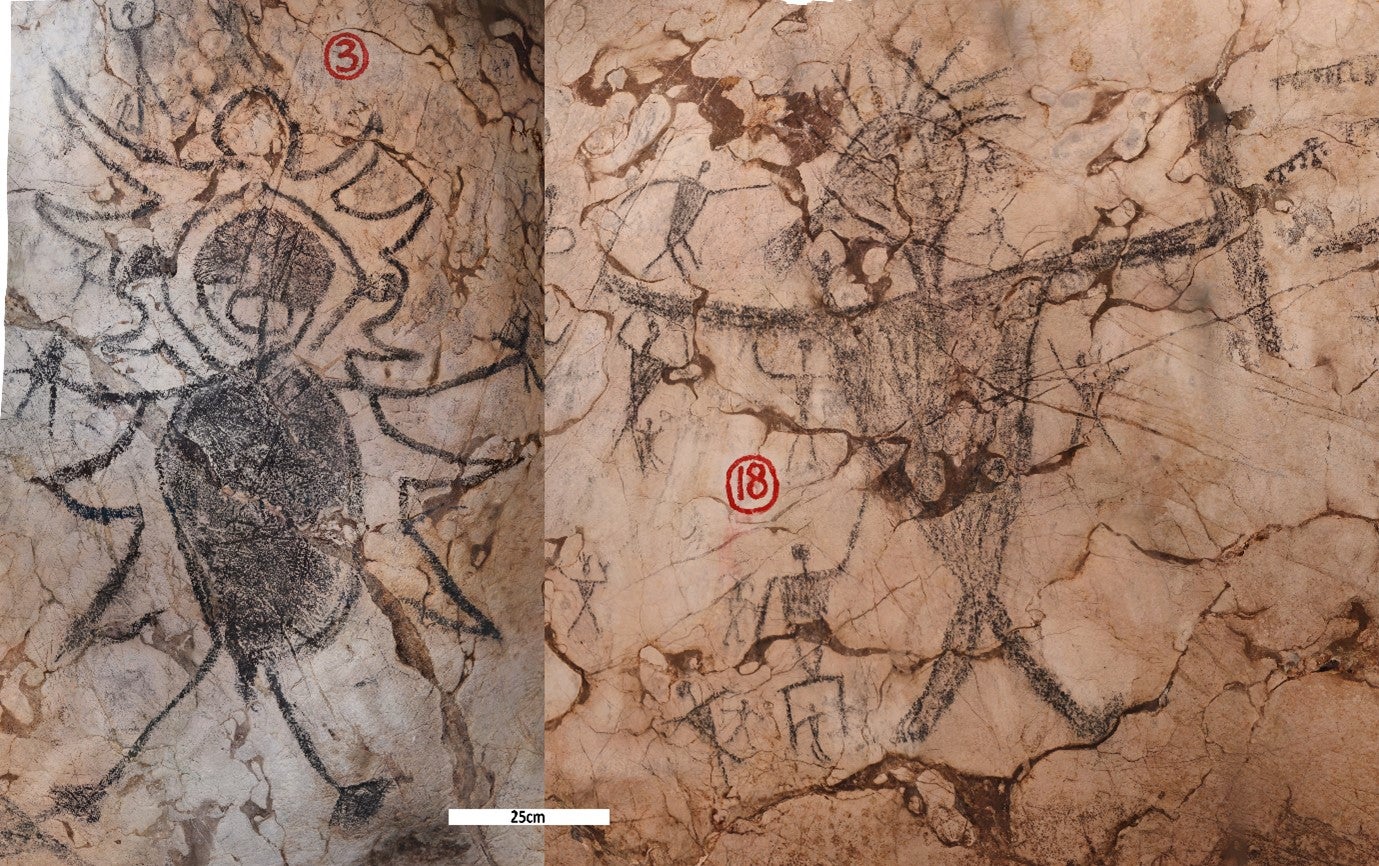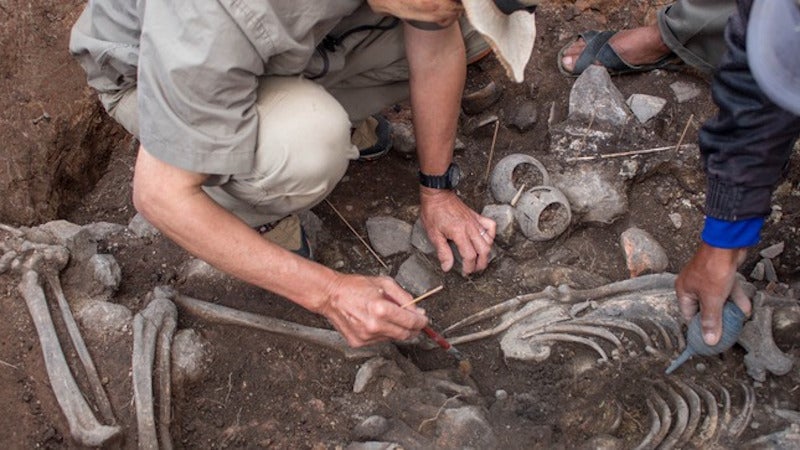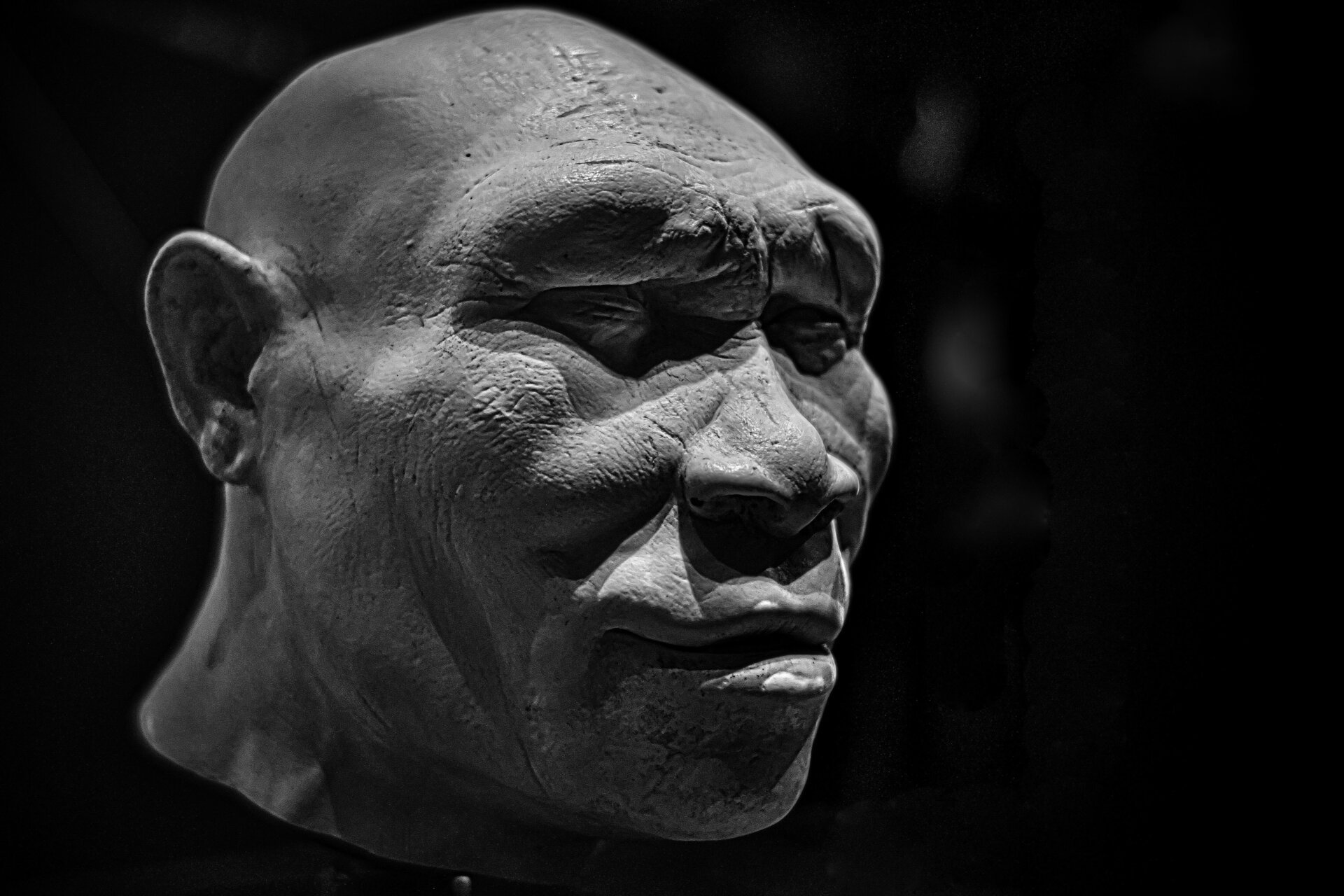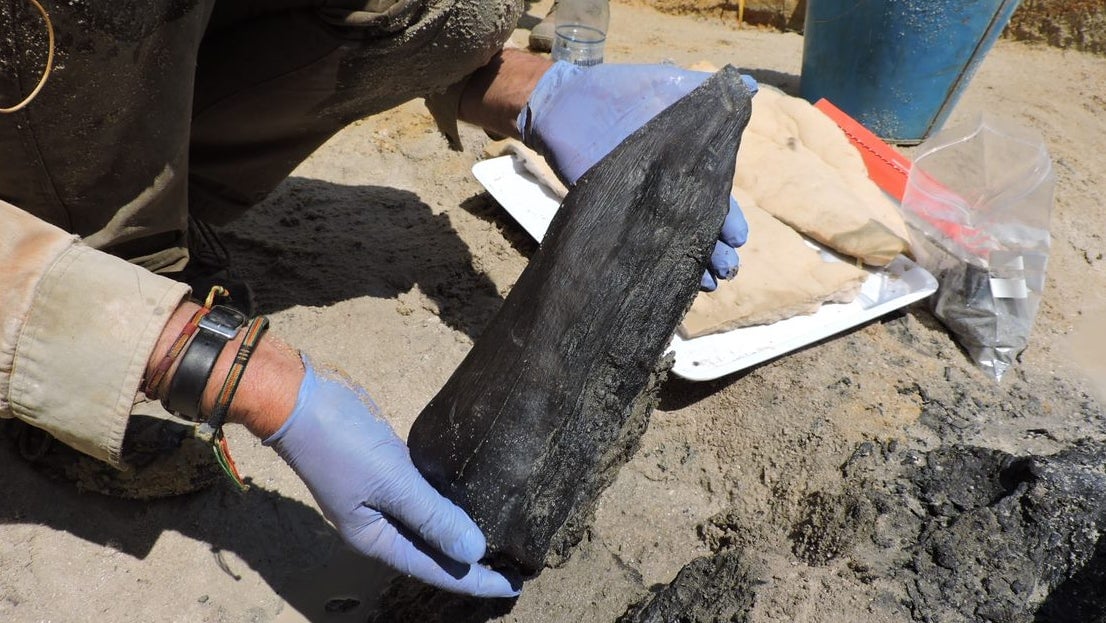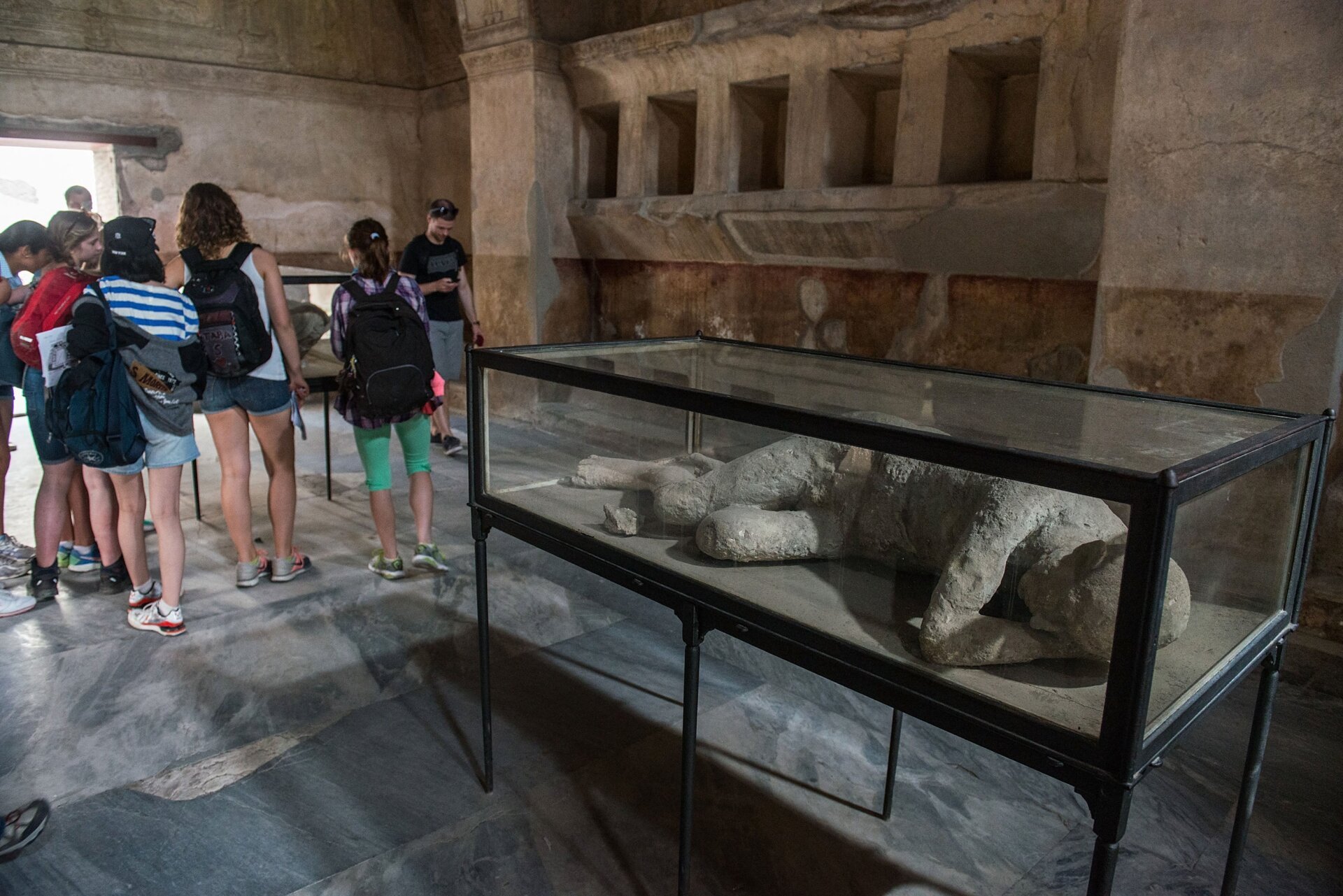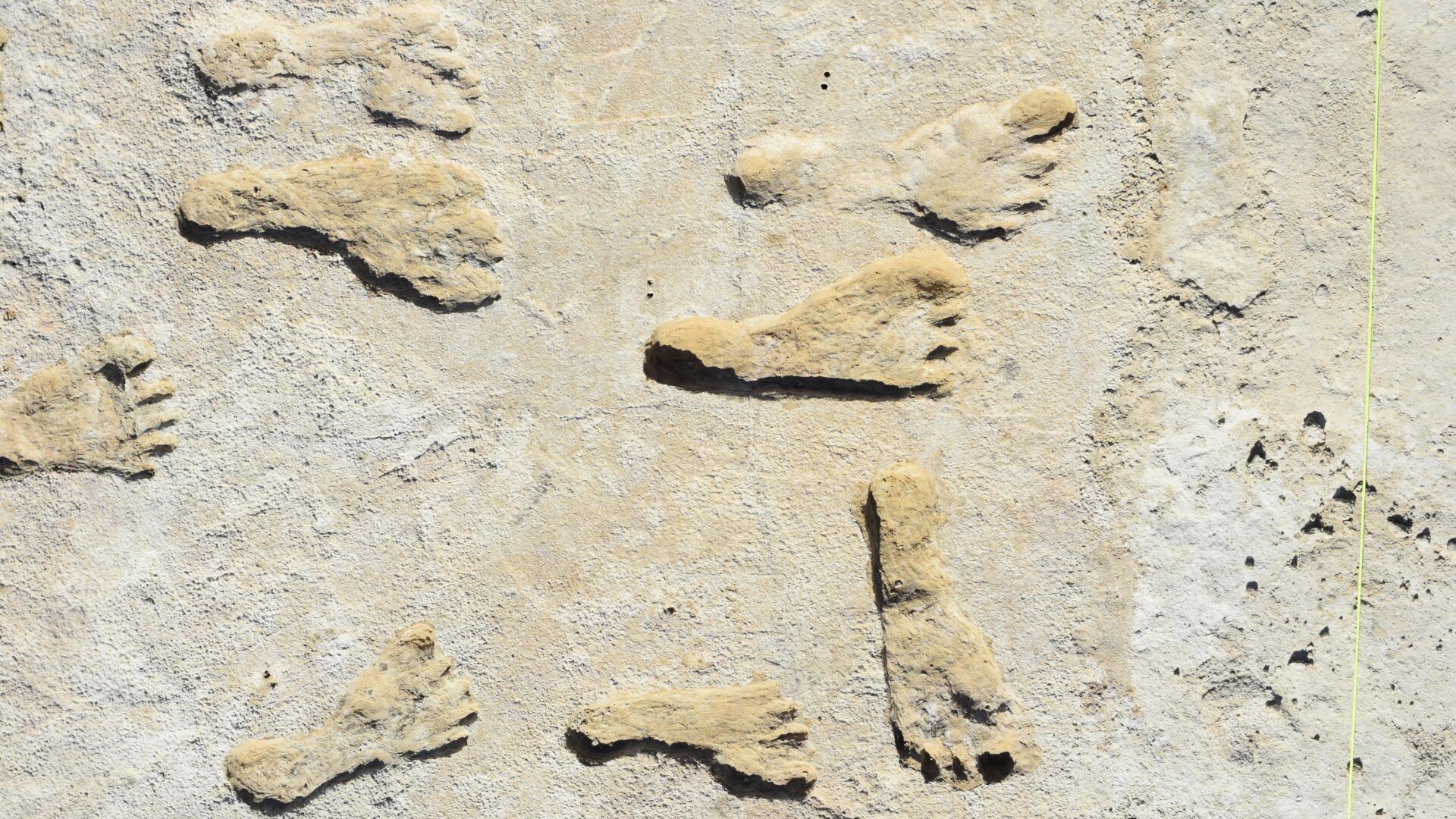The eruption of Mount Vesuvius on August 24, 79 AD, is infamous for burying the Roman cities of Pompeii and Herculaneum under volcanic debris. While popular culture often portrays this event as a complete annihilation, recent archaeological research reveals a different narrative: a story of survival, resilience, and rebuilding. This article explores the lives of those who escaped the catastrophic eruption and how they forged new lives in neighboring communities.
Beyond the Ashes: Evidence of Escape
Pompeii and Herculaneum, nestled on the Italian coast south of Naples, were thriving hubs of commerce and culture. Pompeii, with a population of around 30,000, boasted bustling industries and active political networks. Herculaneum, smaller with 5,000 inhabitants, thrived on fishing and marble workshops. The eruption, lasting over 18 hours, is often depicted as leaving no survivors. However, archaeological evidence suggests otherwise. The human remains discovered in both cities represent only a fraction of their populations. Furthermore, the absence of valuables, carts, horses, and ships points to a large-scale evacuation before the eruption’s deadliest phase.
Tracing the Survivors: A Methodological Approach
To uncover the fate of potential survivors, a novel research methodology was employed. By tracking unique Roman names specific to Pompeii and Herculaneum in records from surrounding communities, researchers began to piece together the stories of those who escaped. This investigation, combined with evidence of improved infrastructure in neighboring towns, revealed a compelling picture of resettlement.
New Beginnings: Life After Vesuvius
Over 200 survivors have been identified across 12 cities, primarily north of Vesuvius, beyond the zone of utter devastation. These findings suggest that survivors sought refuge in nearby communities, maintaining social and economic ties from their former lives. The Caltilius family, for instance, relocated to Ostia, a significant port city north of Pompeii. There, they established a temple dedicated to Serapis, the Egyptian god of abundance, and constructed an elaborate tomb complex, showcasing their newfound prosperity. Similarly, the Munatius family, also Pompeii survivors, joined the Caltilius family in Ostia, forming a powerful and successful extended family unit.
Varied Fortunes: From Prosperity to Hardship
While some survivors flourished, others faced significant challenges. Aulus Umbricius, a garum merchant from Pompeii, rebuilt his business in Puteoli, another prominent port city. His family’s resilience is reflected in the name they gave their first child born in Puteoli: Puteolanus, “the Puteolanean.” However, not all survivors experienced such success. Fabia Secundina, likely descended from a wealthy Pompeian wine merchant, also found refuge in Puteoli. Unfortunately, she married a gladiator who died young, leaving her in financial hardship. Other less fortunate families, including the Avianii, Atilii, and Masuri, resettled in Nuceria (modern-day Nocera), a smaller, poorer community east of Pompeii. The Masuri family’s adoption of a young orphan, Avianius Felicio, highlights the generosity and community spirit among survivors, even those struggling with poverty.
Government Support and Community Integration
The Roman emperors played a crucial role in post-eruption recovery, investing heavily in rebuilding damaged infrastructure and constructing new facilities in affected regions. Roads, water systems, amphitheaters, and temples were erected to support displaced populations. This model of disaster recovery stands in stark contrast to some modern approaches. Survivors were not confined to camps or tent cities but were integrated into existing communities. There’s no evidence of discrimination against survivors; rather, they were welcomed, often establishing businesses and holding local government positions. This ancient example of disaster response demonstrates a commitment to community resilience and provides valuable insights for modern disaster recovery efforts.
A Legacy of Resilience
The story of Pompeii and Herculaneum is not simply a tale of destruction. It’s a testament to human resilience, the enduring power of community, and the importance of government support in the face of disaster. By unearthing the stories of the survivors, we gain a deeper understanding of the long-term impact of the Vesuvius eruption and the remarkable ability of individuals and communities to rebuild and thrive after catastrophe.



